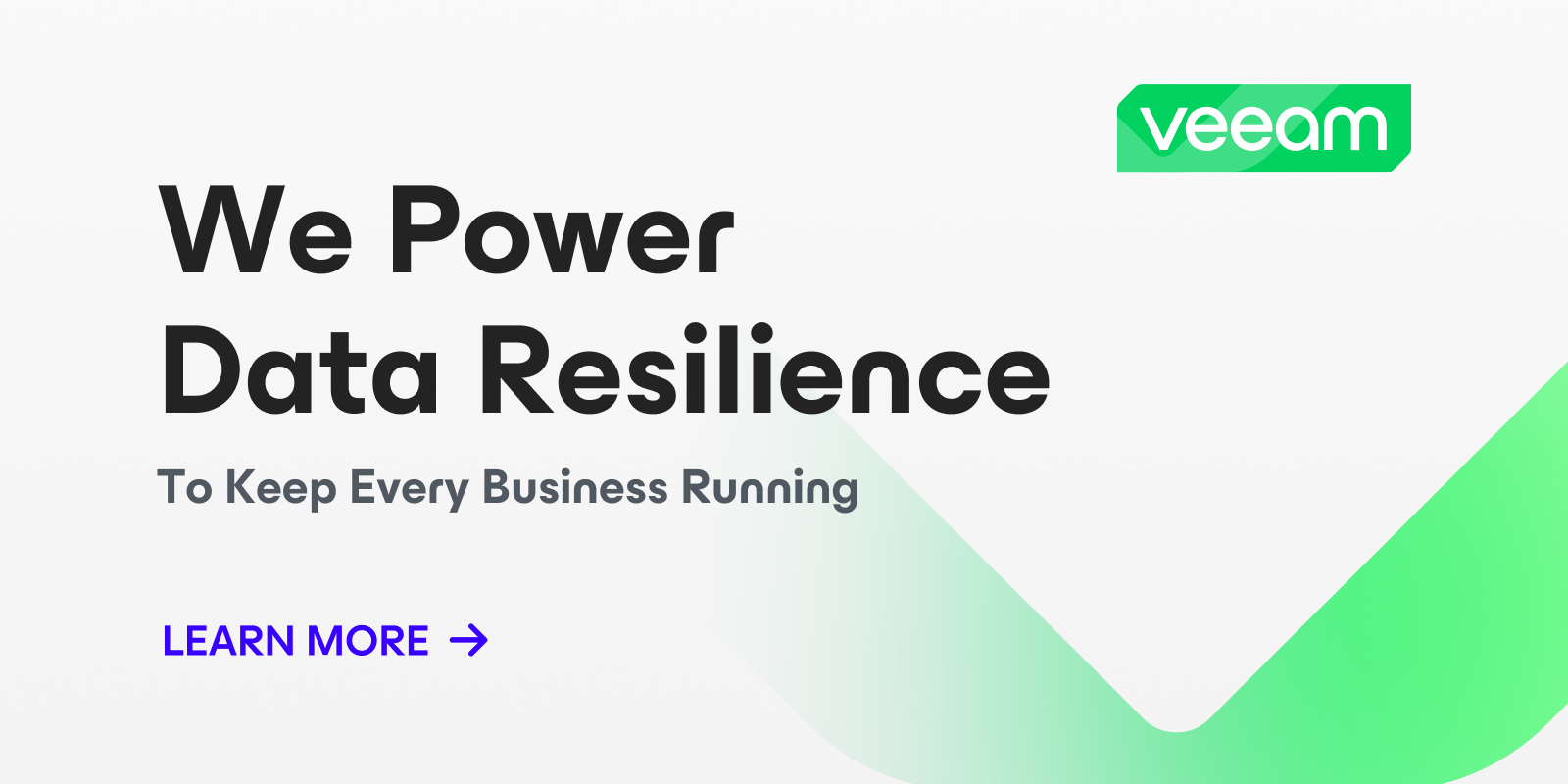- May 6, 2018
- 2,825
- 3,233
Yeah, I guess I'm speaking more from a business perspective and VMUG doesn't apply to that. There is no doubt that ESXi is a wonderful product. I just don't think it fits for most business/private use since you can do everything with other type 1 hypervisors for free that Vmware wants to charge you for.You can backup ESXi VMs for free using OVFTOOL.
You can get a VMUG subscription for home use for $200/year if you want to use some of the enterprise features, but you don't need to.
For Blueiris, the standalone free ESXi works fine for most people.
For me, ESXi has been rock solid for the last 8 years at home. I had one server running for 4 years on ESXi 5.1. I only stopped using it because I was giving that server to my brother and moved my VMs to ESXi 6.7 on a new server. Now I'm on ESXi 7.0.
I ran Essentials for years at $500/yr. For a small business like me it's a waste of money. No support and no HA/Vmotion/Replication. Still have to purchase a Nakivo license for backups. The costs go on and on. Switched to xcp-ng for business (still no support since I'm not on a contract but I didn't get support with Essentials eithers so that is no downside) and Proxmox for home use and never looked back.
Last edited:

